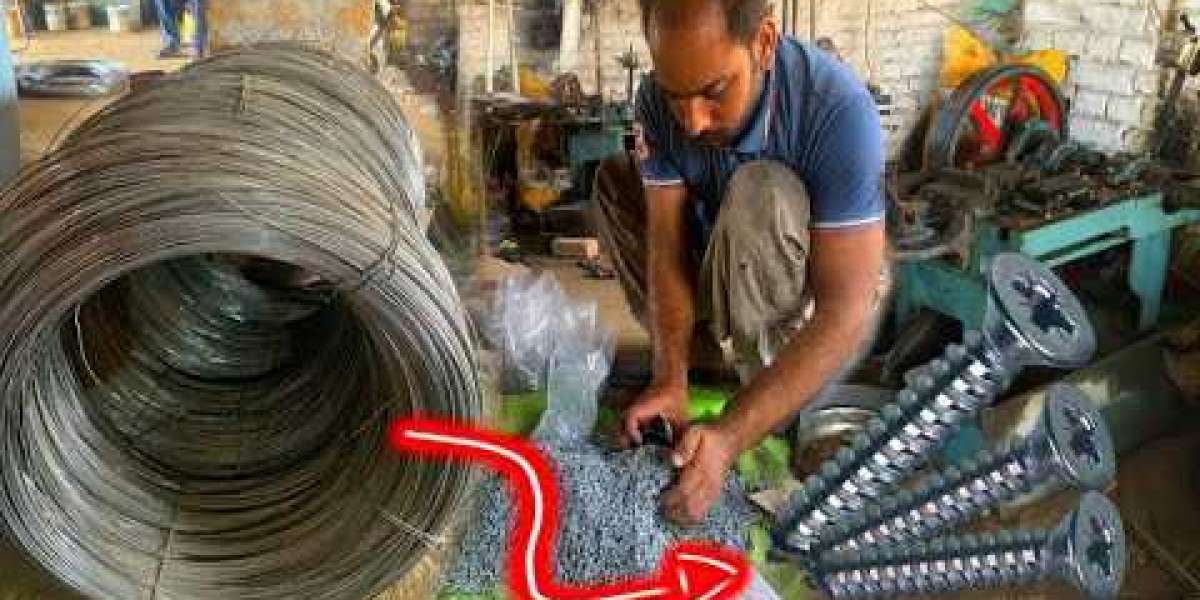The tools that are necessary to install the fasteners are yet another significant distinction between the two types. Even though screws can have any of a number of different head types, such as slotted, Philips, or square recess heads, in most cases, you won't need any additional tools to insert the screw as long as you have the appropriate screwdriver or drill bit. This is because slotted heads are the most common type of screw head.
To put torque on the nut when using nuts and bolts to fasten components together, however, you will typically need two wrenches: one to tighten the bolt using a wrench or driver, and the other to apply torque to the nut using a separate wrench. In certain circumstances, a washer will also be utilized in order to evenly distribute the load that is being carried by the fastener.
A Guide to Using Screws and Other Types of Fasteners
The first step in installing any kind of China Hardware Supplier is to typically drill a threaded hole in the material that is just slightly smaller in diameter than the fasteners you intend to use. This is true regardless of the type of China Magnets Manufacturer you are installing. If you pre-drill the holes before installing the fastener, you will achieve a connection that is significantly more secure. This is true regardless of whether you are using a nut or a bolt.
If you are going to be using threaded fasteners like screws, you will need to make sure that the hole you drill through the product's surface only goes halfway through it. This will allow the threads on the screw to catch properly. After the pilot hole has been drilled, you have the option of continuing to drive the screw into the material with a drill until the head is flush with the surface, or you can remove the drill and finish the attachment with a manual screwdriver instead.
When you are working with nuts and bolts, you will want to drill the hole clean through your material so that the bolt can pass directly through the material and make a connection with a nut on the other end of the bolt. When choosing the bolts for your application, it is important to anticipate the depth of the material to which you will be fastening. This is because you do not want the bolt to be too short to make the connection, nor do you want it to be too long.








